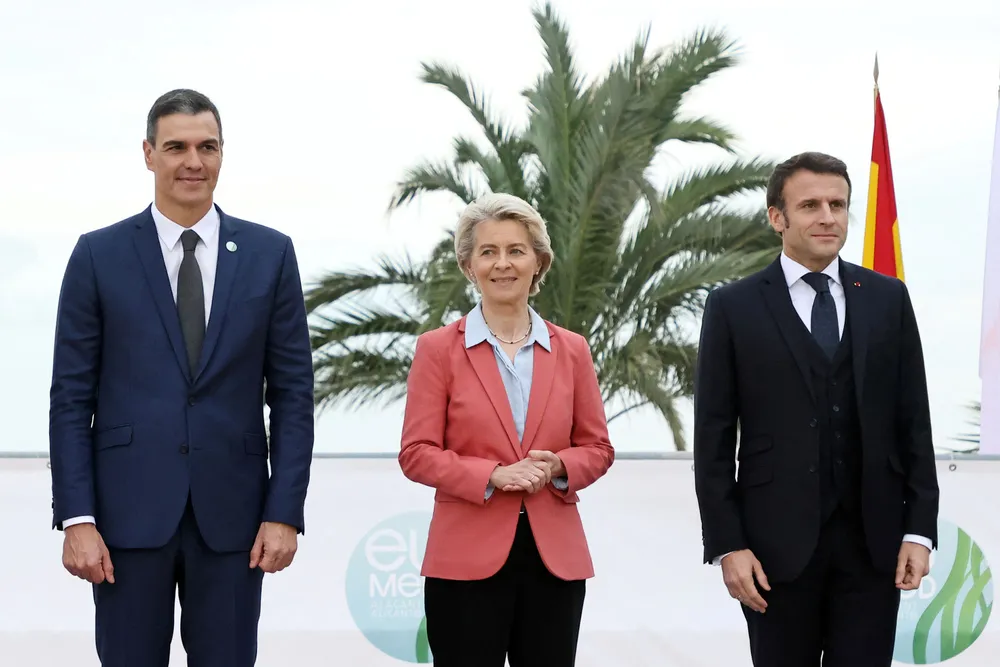Spain-France hydrogen pipeline plan is a bet on EU energy transition
The green investment signals that Europe’s transition process is making headway despite short-term missteps

The green investment signals that Europe’s transition process is making headway despite short-term missteps
